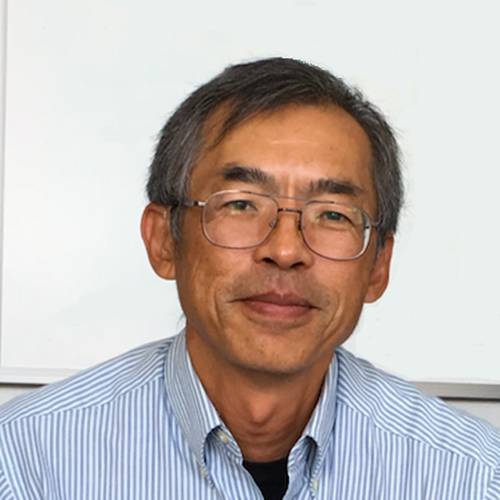About This Webinar
The bone marrow is an amazing cell factory that continuously outputs billions of blood cells every hour throughout life. The hematopoietic stem cells (HSCs) that reside in the bone marrow are the "eternal" source from which all blood cells are derived. Harvard Medical has developed methods for intravital imaging through the intact mouse skull bone to track individual HSCs and characterize the bone marrow microenvironment. It’s also developed a new spatial transcriptomic technique, called Image-seq, that enables targeted cell capturing from defined microanatomic locations in the bone marrow under two-photon image guidance for single cell RNA-sequencing.
Image-seq thus integrates the spatial and temporal information provided by intravital microscopy with the molecular information provided by single cell sequencing. While noninvasive cellular imaging of the human bone marrow is not yet possible, we can monitor the hematopoietic output, and hence the immune status of the patient, by label-free imaging (and enumeration) of white blood cells in the human microcirculation without the need to draw blood samples.
*** This presentation premiered during the
2024 BioPhotonics Conference. For more information on Photonics Media conferences and summits, visit
events.photonics.com
About the presenter

Charles Lin, Ph.D., has been active in the field of biomedical optics for over 30 years and currently leads the Advanced Microscopy Group at the Center for Systems Biology and the Wellman Center for Photomedicine, Massachusetts General Hospital. His research focuses on the development of advanced optical techniques for studying the hematopoietic system, from blood stem cells in the bone marrow to mature leukocytes that are released into the circulation.
His research team is highly interactive and works closely with a network of collaborators in the fields of hematology, stem cell biology, vascular biology, immunology, bone biology, and cancer. Each lab member builds a custom confocal or a multiphoton microscope designed and optimized for a specific biomedical application. The technique of in vivo flow cytometry was invented in his laboratory for real-time detection and quantification of circulating cells without the need for drawing blood samples. More recently his team developed the method of Image-seq (Haase et al, Nat Meth 2022;19:1622-1633), a new spatial transcriptomic techniques that captures live cells from defined locations in the bone marrow under image guidance for single cell RNA sequencing, integrating spatial, temporal, and molecular information on a single platform. He was trained as a spectroscopist and received his doctorate in physical chemistry in 1986 from the University of Chicago.